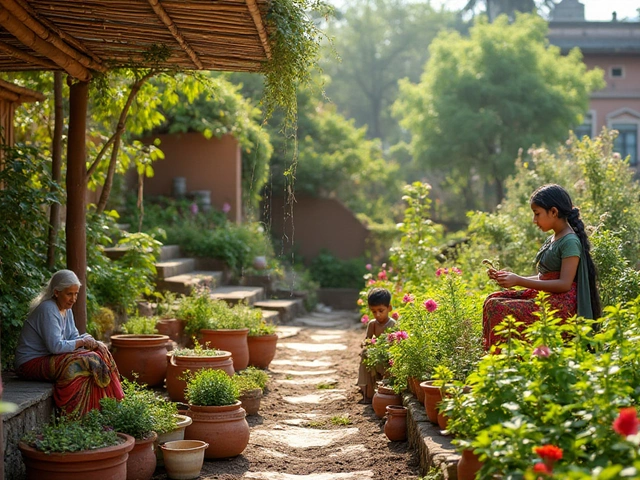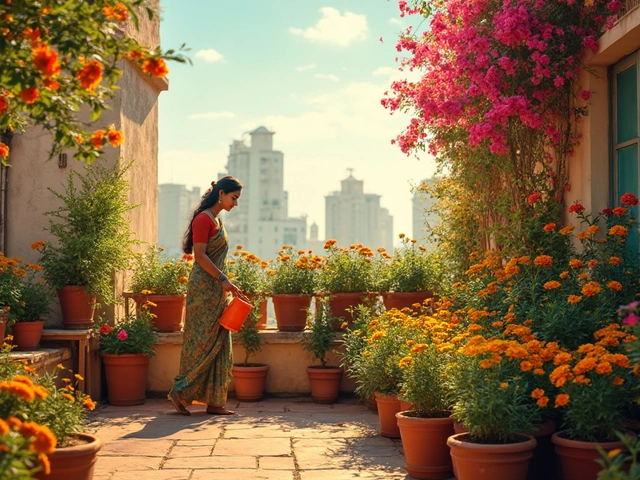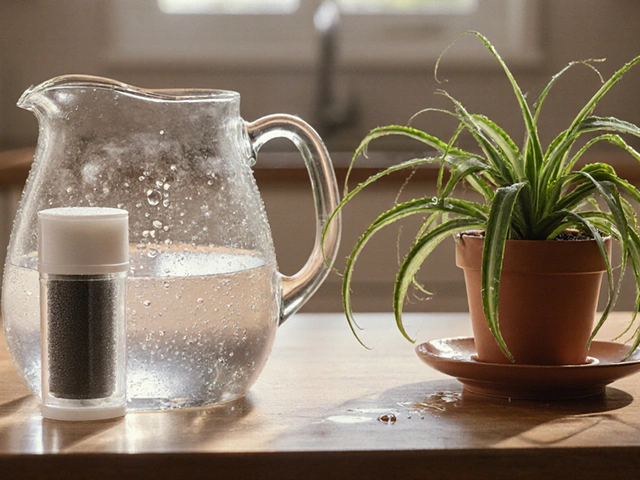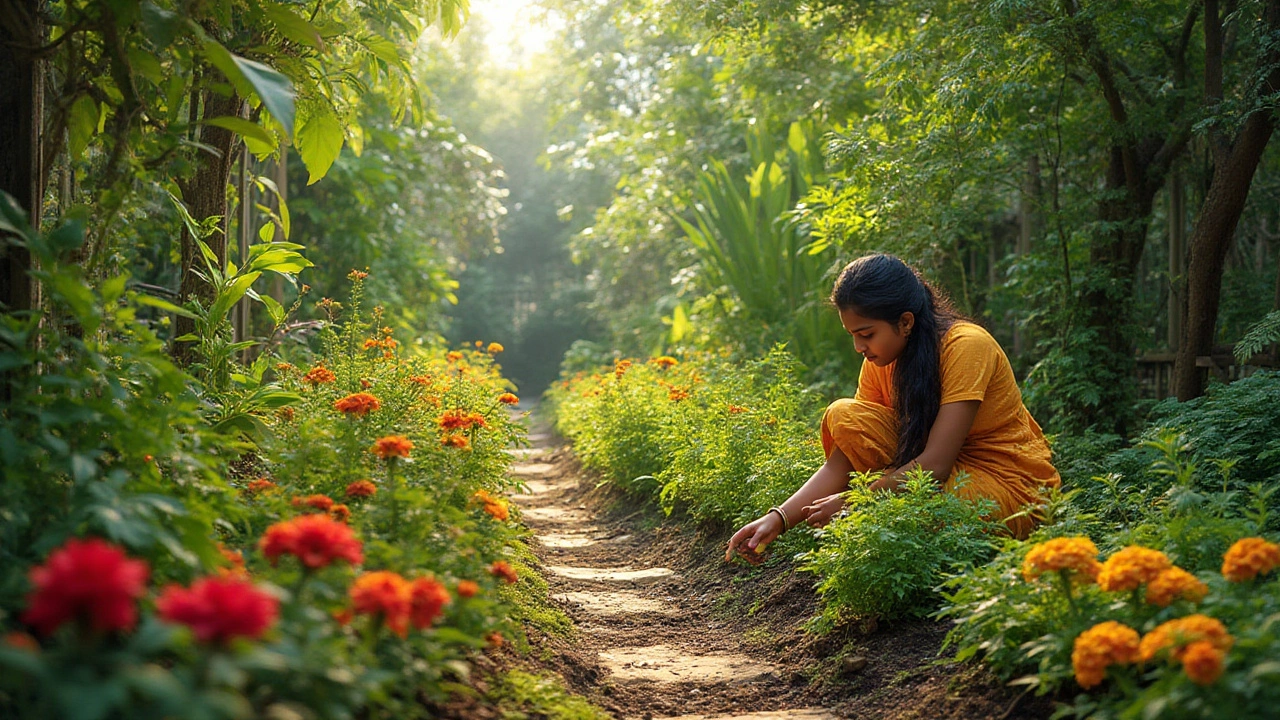Sister Plants: Simple Companion Pairings for Indian Gardens
If you’ve ever wondered why some plants seem to thrive together while others fight for space, you’ve hit on the idea of sister plants. In plain terms, sister plants are two (or more) species that help each other grow – they share nutrients, shade, or even keep pests away. The concept works wonders in Indian climates where heat, monsoon rains, and diverse soils can stress a single‑crop garden.
Why Use Sister Plants?
First off, sister plants cut down on the need for chemical fertilizers. When a legume like moth bean sits next to a leafy veggie, the bean fixes nitrogen in the soil, giving the neighbour a natural boost. That means richer soil and fewer trips to the store.
Second, pest control gets easier. Marigolds, for example, release a scent that confuses nematodes, protecting nearby tomatoes or chilies. You’ll notice fewer insects without spraying chemicals, which is better for your health and the environment.
Third, water use becomes more efficient. Plants with deep roots (like okra) can pull water from lower soil layers, while shallow‑rooted buddies (like lettuce) drink from the surface. Pairing them reduces the overall watering time and works great with drip irrigation systems – you’ll see that in our "How Deep Should Drip Irrigation Lines Be Buried?" guide.
Best Sister Plant Pairings for India
Here are a few tried‑and‑true combos that fit most Indian regions:
Tomato + Basil: Basil repels whiteflies and improves tomato flavor. Plant basil at the base of each tomato plant and trim it regularly to keep it bushy.
Marigold + Beans: Marigolds deter soil‑borne pests that love beans. Plant a ring of marigold around a bean patch and you’ll see healthier pods.
Spinach + Radish: Radishes grow fast and break up compacted soil, giving spinach better aeration. Harvest radishes early and let spinach fill the space.
Okra + Sorrel (Khatai): Okra’s deep roots pull moisture down, while sorrel tolerates the drier upper soil. Together they stay productive even during the hot summer months.
Curry leaves + Mango: Curry leaf plants thrive in the shade of mango trees, and their leaves add flavor to many Indian dishes. The mango’s canopy also protects the curry leaves from scorching sun.
When you pick sister plants, think about the season, soil type, and how much sunlight each needs. A quick check of the "Sustainable Gardening" article can give you extra ideas on using native plants to keep the balance right.
To start, sketch a simple garden layout on paper. Mark the taller plants on the north side so they don’t shade the shorter ones that need full sun. Space each pair according to their mature size – usually 30‑45 cm for herbs and 60‑90 cm for veggies. Plant the nitrogen‑fixing legume first, then sow the companion a week later.
Watering should be gentle and consistent. If you already have a drip system, run a low‑flow line along the rows of sister plants. This delivers water right to the root zone and avoids wet foliage, which can invite diseases – a point we cover in our "Why Is Drip Irrigation So Expensive?" post.
Finally, keep an eye on the garden for a few weeks. Notice which combos look greener, which weeds drop off, and which pests disappear. Adjust spacing or swap out a plant that isn’t cooperating. Over time, you’ll develop a personal guide to sister plants that fits your backyard, balcony, or rooftop garden.
Sister Plants: The Science and Benefits of Companion Planting for Gardeners
Curious about 'sister plants'? Learn how pairing certain plants can boost your garden's health, repel pests, and increase yields, all with smart, simple strategies.
About
Gardening
Latest Posts


Essential Terrace Protection Techniques for Thriving Gardens
By Alden Thorne Jan 2, 2025

What Flower Will Bloom All Summer Long? Top Picks for Hot Indian Months
By Alden Thorne May 18, 2025

Most Beautiful Flower in the World: Types, Facts, and Gardening Tips
By Alden Thorne Jul 31, 2025

